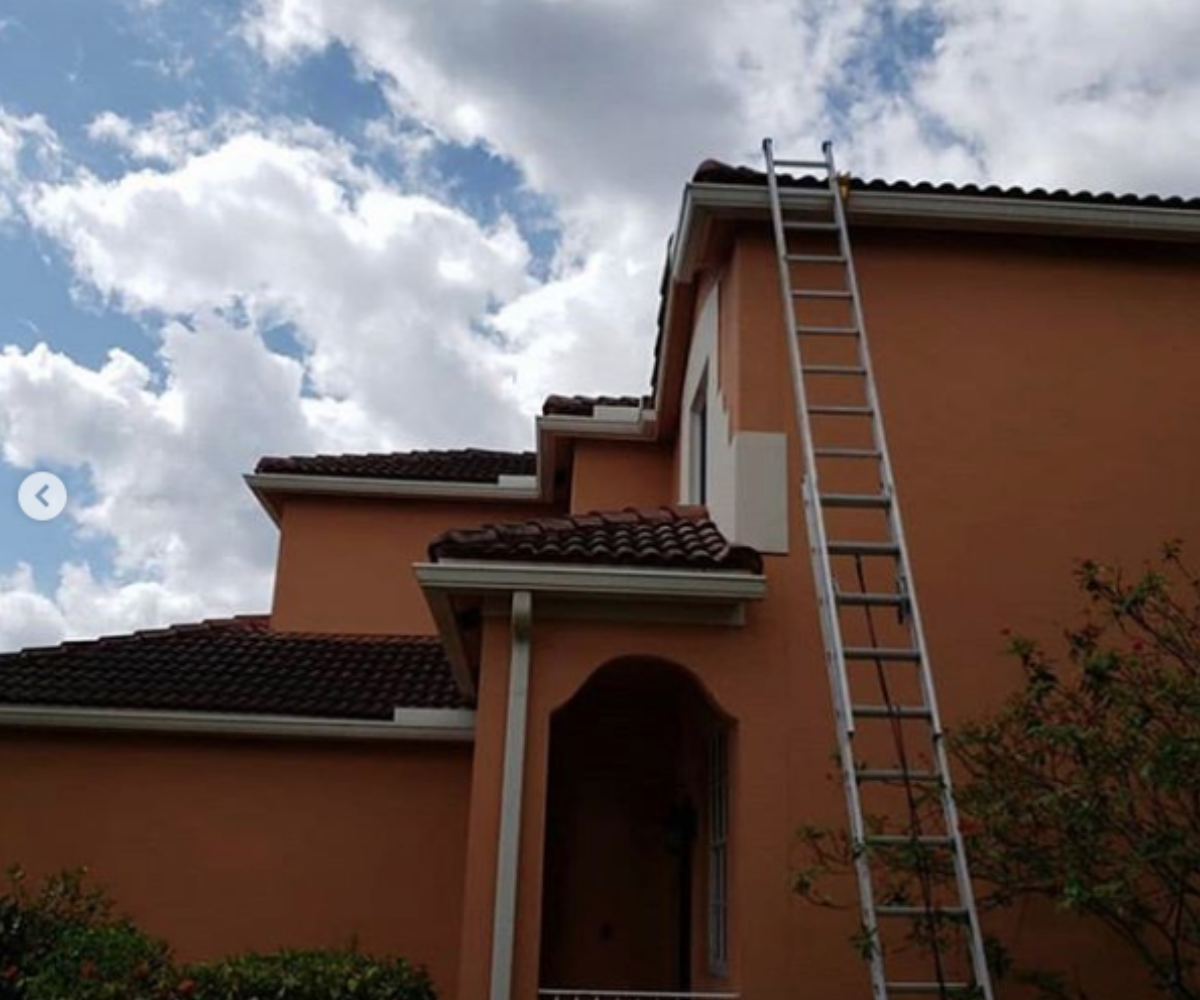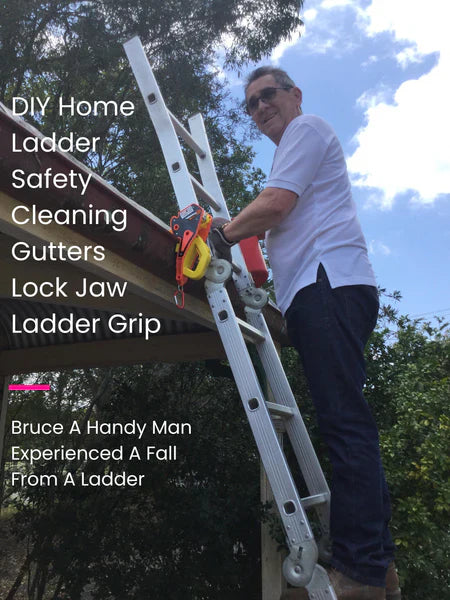Thinking Differently – Ladder Safety

Written by Gail Bray
I have spent most of my career spanning +25 years in Operational/HSSE and HR Roles for large Oil and Gas Companies
Tragedy Strikes
If you are anything like me, you grew up in a household where there were several ladders. Dad had a step ladder, ladders to get up to the roof which I now know as an extension ladder. He had metal as well as wooden ladders. They were always in the garage, patiently waiting to be used. I didn’t give it a second thought until a friend of mine was working on his garage roof one weekend many years ago and fell. It wasn’t a very high building, only one story. That fateful day, my friend lost his life. It was a huge shock obviously to his family but all who knew him. He was known around the work place as one of those types to always be doing the right thing, working safely and following the rules. I remember when he was laid to rest, seeing his lovely family stricken with grief. These tragic events didn’t happen to people I knew. It all happened so quickly and it made no sense!
I will explore the risks of falling from height and some of the prevention measures you can use to ensure you keep safe specifically when using ladders.
Falls – When are you most at risk?
Falls are one of the most common causes of injury and death in the workplace and the home. Working at height and ladder safety deserves careful consideration.
- 30% of falls injuries were caused by ladders
- 28% of fatalities are due to falls from heights
- 29 people die from work-related falls in Australia each year.
- 300 deaths each year in the USA are caused from falls from ladders
Most injuries are caused by falls from heights less than 4 meters. Statistics from the Safe Work Australia, Construction Industry Profile
(https://www.safeworkaustralia.gov.au/system/files/documents/1702/construction-industry-profile.pdf)
Risk Assessment
There are 4 major steps in performing a risk and safety assessment. Determine the hazards, access the risks, manage the risks and monitor ie keep track on how you are going. There are tools you can use to assist with carrying out a risk assessment. Here is a link to the OSHA website however there are many similar references that work very well. I am not going to go into details here in this blog.https://www.osha.gov/shpguidelines/hazard-Identification.html
Some questions you can ask yourself
- Are you using the right equipment for the job and is it good condition? Some people use bungee ropes to secure the ladder at the top. If a bungee rope fails, it will be travelling up to 200km/hr. If it strikes an eye, it can lacerate the eye and possibly cause permanent loss of vision.
refer article https://lockjawladdergrip.com.au/wp-admin/post.php?post=1421&action=elementor.
For more information on what ladder would best suit your work, you can visit this page: https://www.safework.nsw.gov.au/hazards-a-z/ladders
- What are the environmental conditions? – weather ie rain/heat/snow/wind
- How are you feeling generally? If you are not in good health, it’s not the best time to be working on a ladder at height.
- What are the legislative requirements? Do you need to secure at the top and bottom? Is a harness required? Are railings required?
- Securing the Ladder. Can you use a ladder safety device or ladder grips such as Lock Jaw Ladder Grip to stop the ladder from moving. www.lockjawladdergrip.com.au
- What if there was incident, what would you do? Do you and your team have a plan?

The Human Factor
Think back to the last 10 incidents you have had. In most instance, 9 out of 10 were caused by human error. You can be suppled all the correct equipment and procedures, however sometimes these are not used or followed.
Most people want to be recognised as doing a great job and to be high achievers whilst having respect from their work peers and colleagues. Then why is it the statistics show many incidents are caused by human error.
Understanding how we are hard-wired may give us the self-awareness to create a “pattern interrupt” and break our usual path of action. This can be very difficult though. Imagine trying to change a very old habit.
Often our conscious mind knows what and how we should be taking action, however it is our subconscious that will drive our behaviours.
Some examples of behaviours that can cause incidents
- impulsive and not thinking through the consequences of a risky action
- distracted and thinking about other things – not the job
- irritated, annoyed and losing control of his/her temper
- defiant and resistant to rules
- Freezing under pressure- not sure what to do is something from left field occurs
- not being clear on the task but too embarrassed to ask questions
Summary – Make a Difference
A combination of the appropriate equipment, accessing the risks and understanding the human factors work together in keeping people safe and preventing falls.
It’s a hard topic to bring up with a work mate or peer, however I think we all know when there have been times we should have spoken up. We want the best for our friends and work colleagues and most importantly, we all want to go home and be able to spend time with our loved ones and enjoy our life outside of work.
This is by no means an extensive list of safety precautions.
Ladders and Safety is a difficult topic to get right as there are many factors at play. Although it is an important consideration as one slip or fall can have tragic consequences as my friend’s family discovered that day many years ago.
For more information on construction safety visit: QLD Government Construction Working at Heights Information




